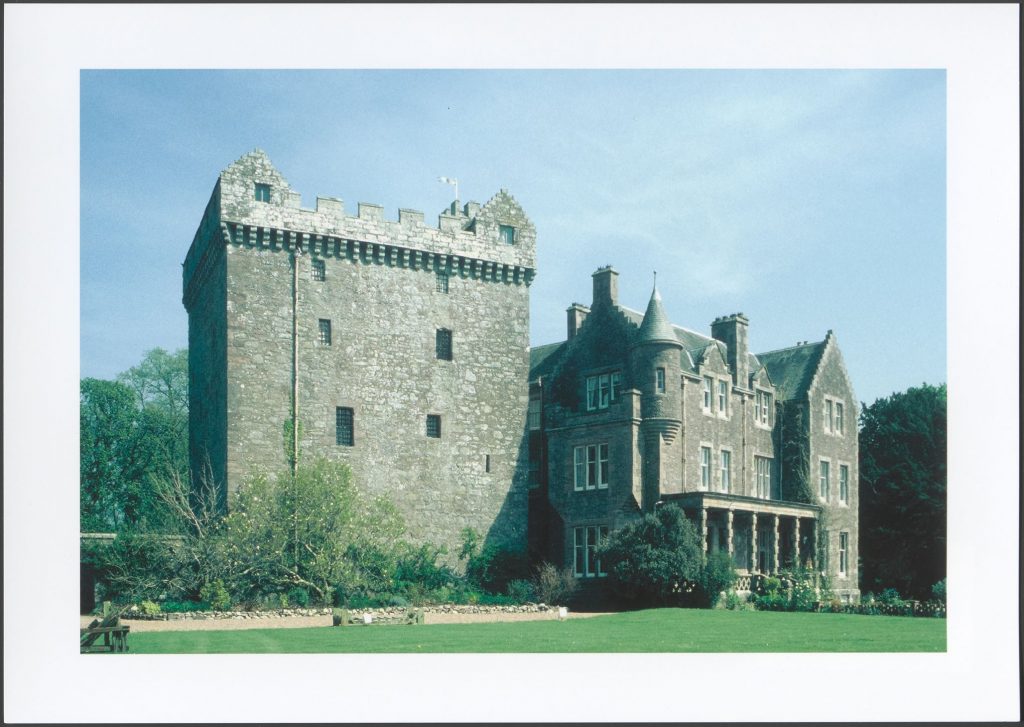Comlongon Castle
Also known as:
Comlongan Castle; Clarencefield; Comlongon House; Comlongon Castle Policies
Castle information:
Comlongon Castle is a well-preserved medieval tower house located near Clarencefield in Dumfries and Galloway, close to the Solway Firth. It was built in the late 15th or early 16th century by the Murray family, who held the land from the 14th century and later rose to become the Earls of Annandale. The castle served both as a fortified home and a status symbol during a period marked by cross-border tensions and shifting allegiances. Its strategic location near the Anglo-Scottish border placed it at the heart of political and military developments throughout the late medieval and early modern periods.
The castle was designed as both a home and a fortress. It was built on a rocky platform, once surrounded by marshland, which added natural protection. Its walls are made of thick red sandstone, and inside are vaulted basement rooms, narrow spiral stairs, and a large main hall above with finely carved fireplaces and windows. A parapet walkway runs along the top for guards to patrol. Though compact, the tower is full of thoughtful details that reflect both medieval security needs and a sense of domestic comfort.
Today, the main tower of Comlongon still stands, though the later mansion house built beside it was demolished in the early 20th century. The castle remained in the Murray family until 1979. While no longer in use as a residence, the structure has survived largely intact and continues to draw the interest of historians and visitors alike. Its architecture and surviving records offer valuable insight into Scotland’s border history and tower-house tradition.
Digitised content:
The digitised materials for Comlongon Castle include historical and visual records from two archival series. From the Bogdan Archive (SCA/2), there is a narrative account outlining the 16th-century history of the Carruthers family and events surrounding Marion Carruthers. The Maxwell-Irving Collection (SCA/6) contains a set of photographs documenting key architectural elements of the castle, including the basement, kitchen hearth, parapet walk, and watch turret. Together, these resources offer valuable insights into the castle’s structure and its role in the local heritage landscape.
Bibliography:
Books and Academic Sources
Maxwell-Irving, A.M.T. (1995) The Border Towers of Scotland: Their History and Architecture – The West March. 1st edn. Stirling: Stirling Council Libraries, pp. 103–110.
Archival Source (Historical Summary)
Bogdan, N. (n.d.) Comlongon Castle historical summary. Scottish Castles Association Archive, SCA/2 Bogdan Files.
Web Resources
Scottish Castles Association (n.d.) Comlongon Castle. Available at: https://www.scottishcastlesassociation.com/wedding-venues/comlongon-castle/comlongon-castle.htm (Accessed: 10 July 2025).
Trove Scotland (n.d.) Comlongon Castle, Clarencefield. Available at: https://www.trove.scot/place/66058 (Accessed: 10 July 2025).


